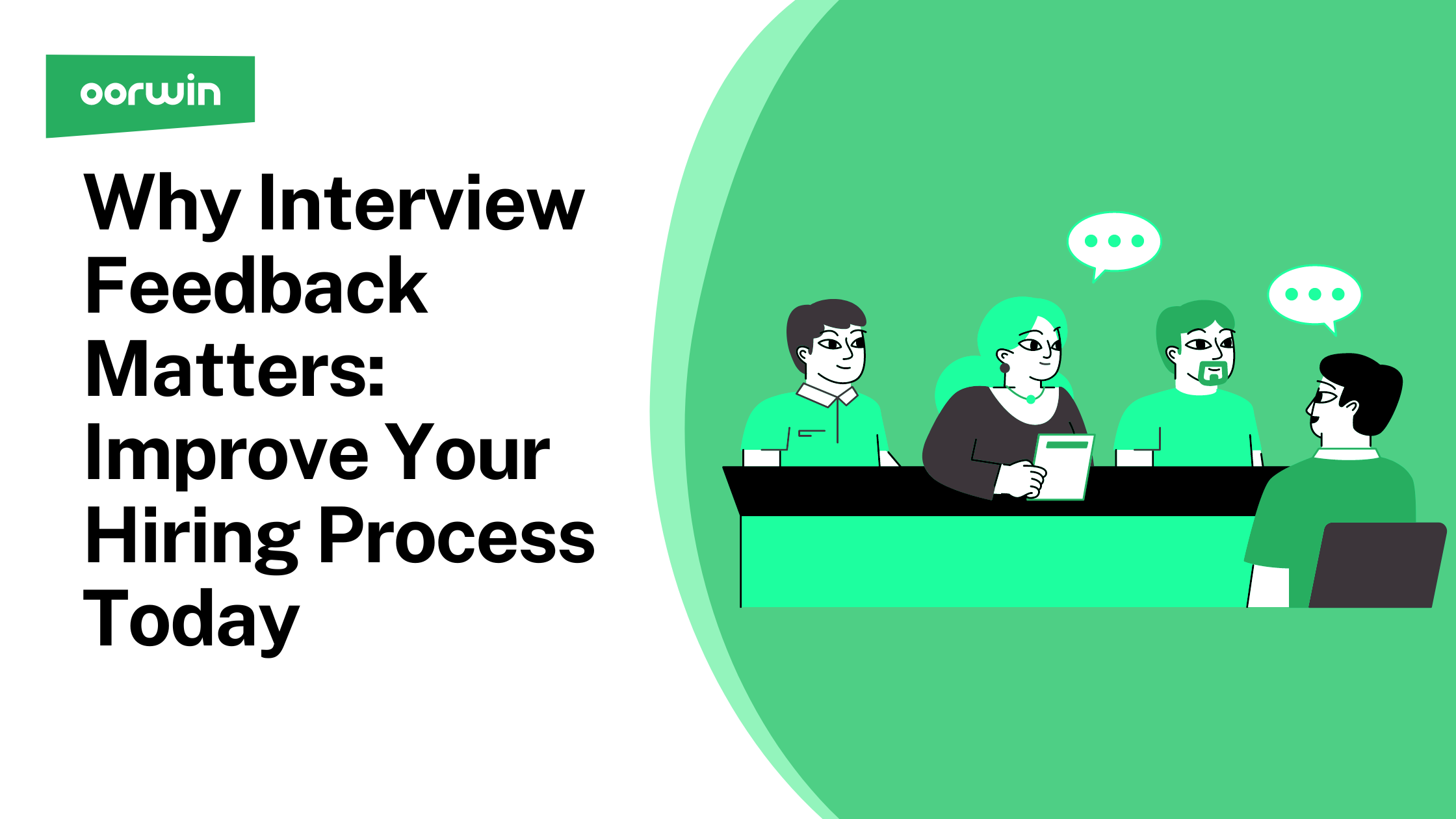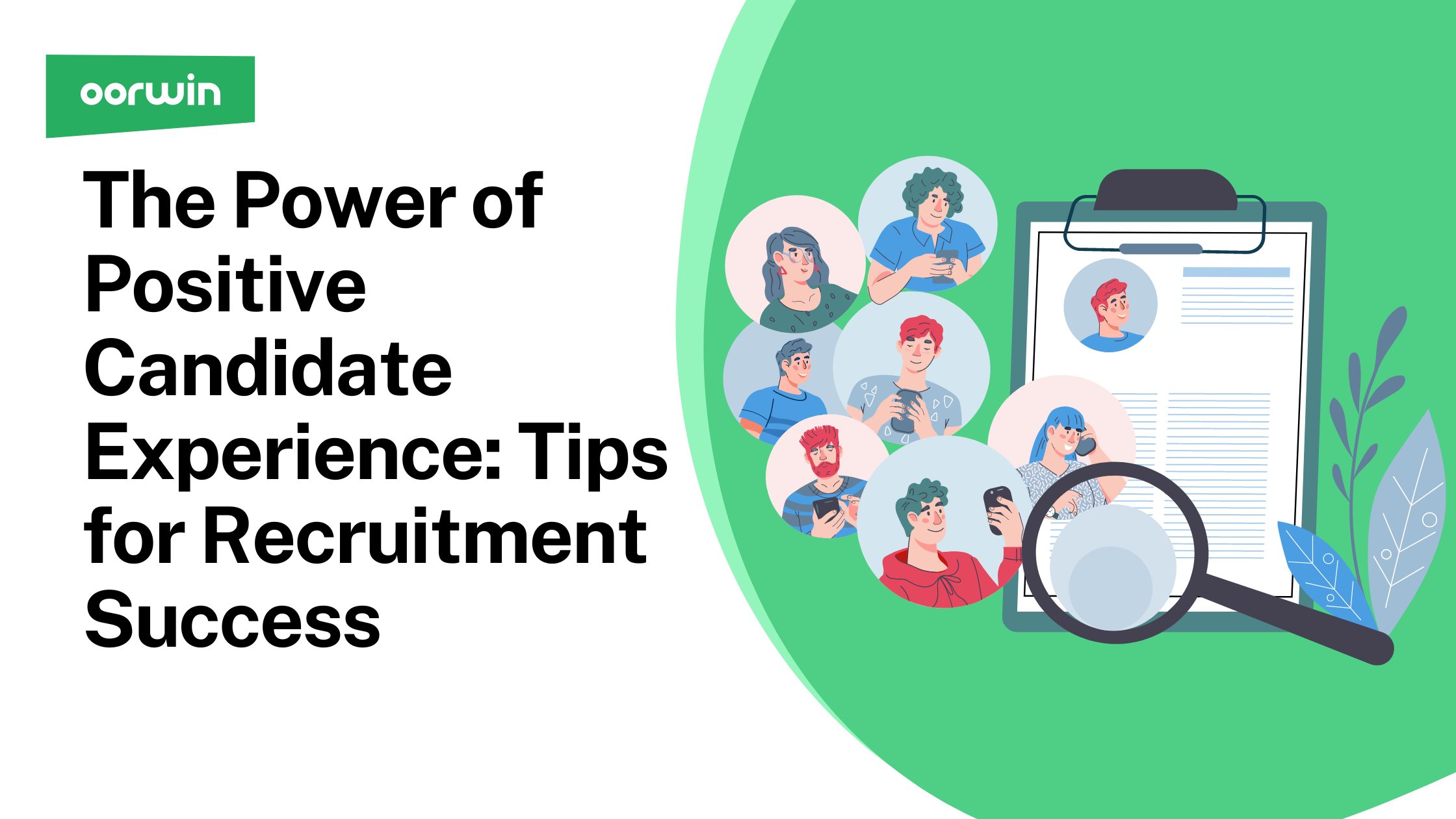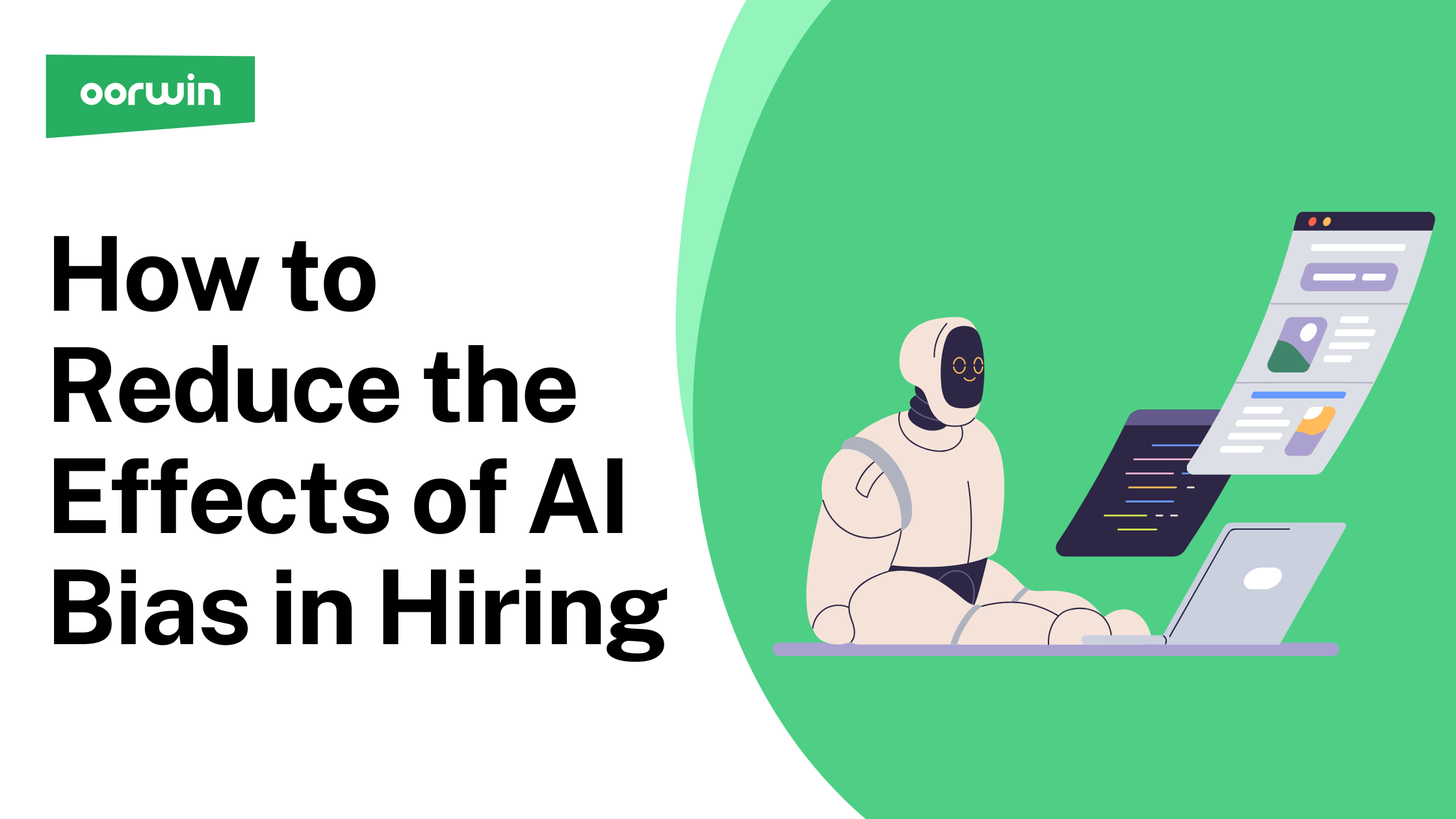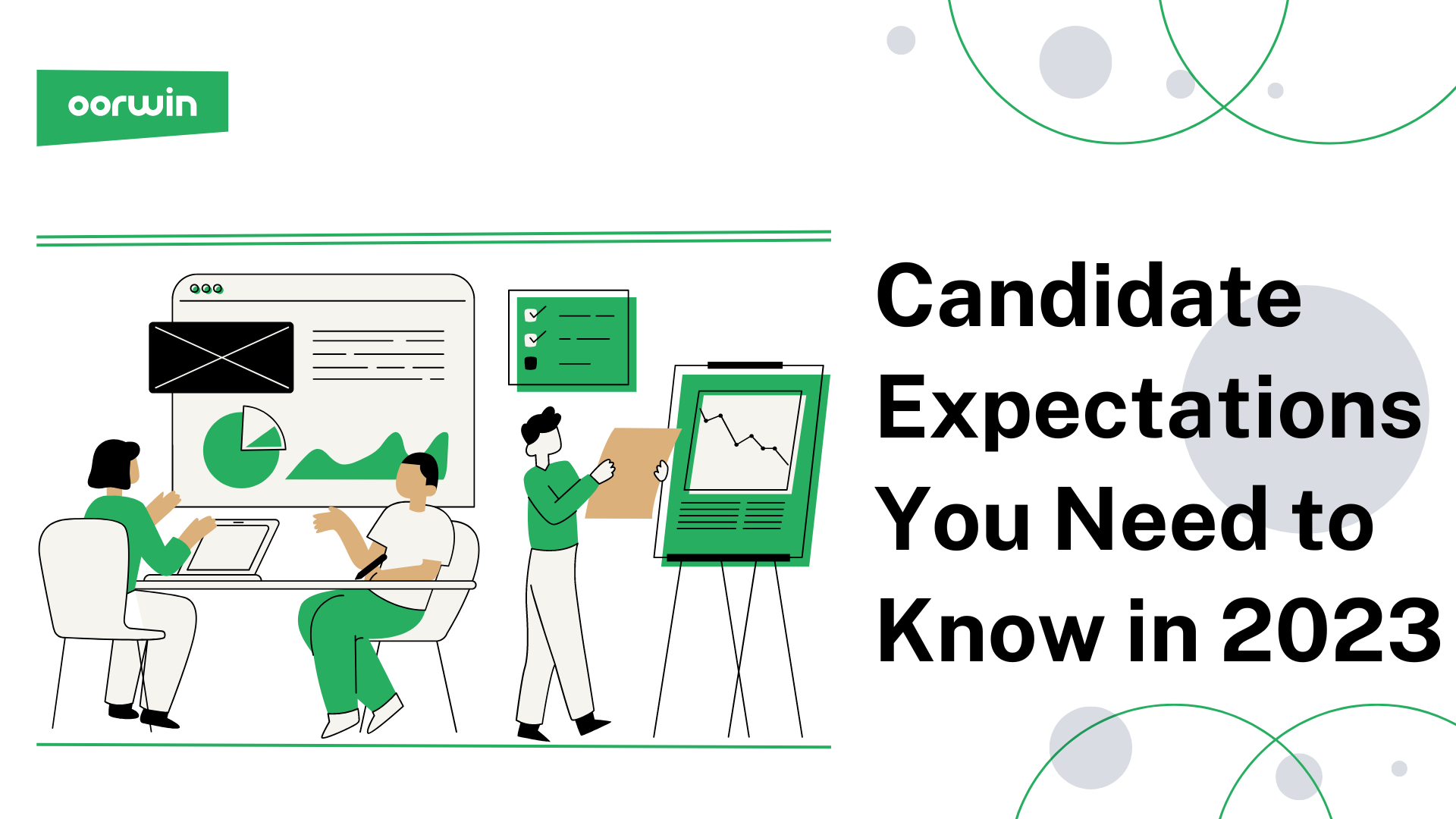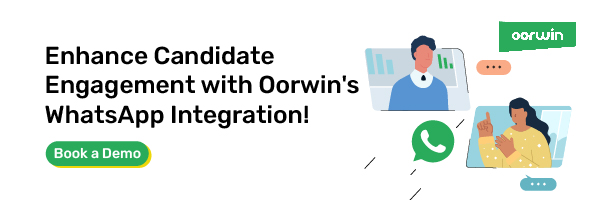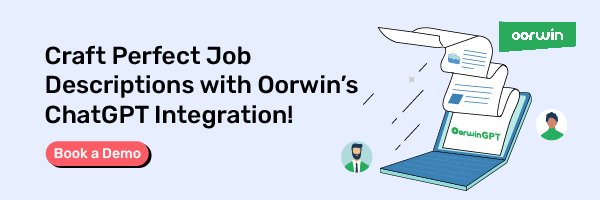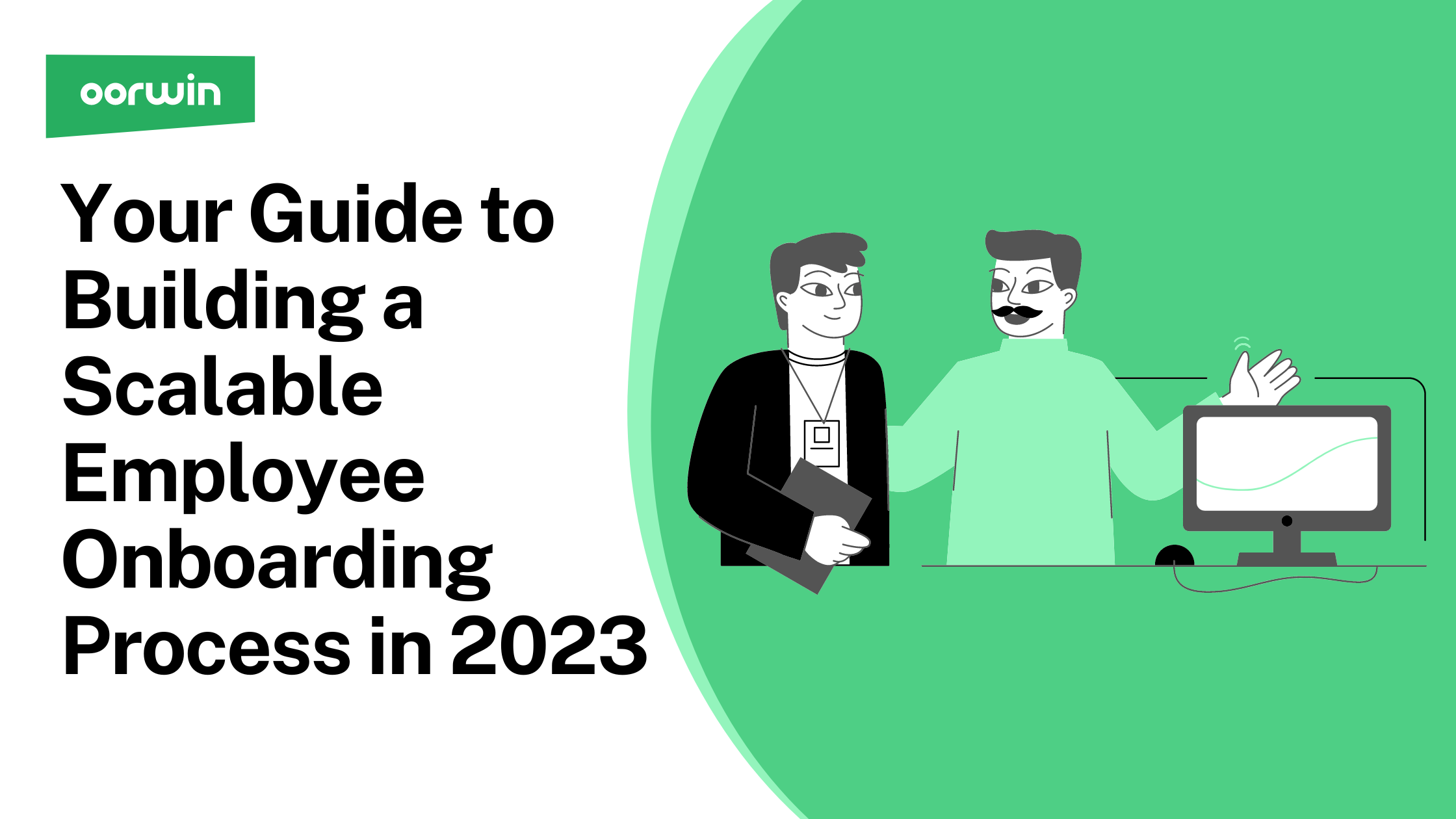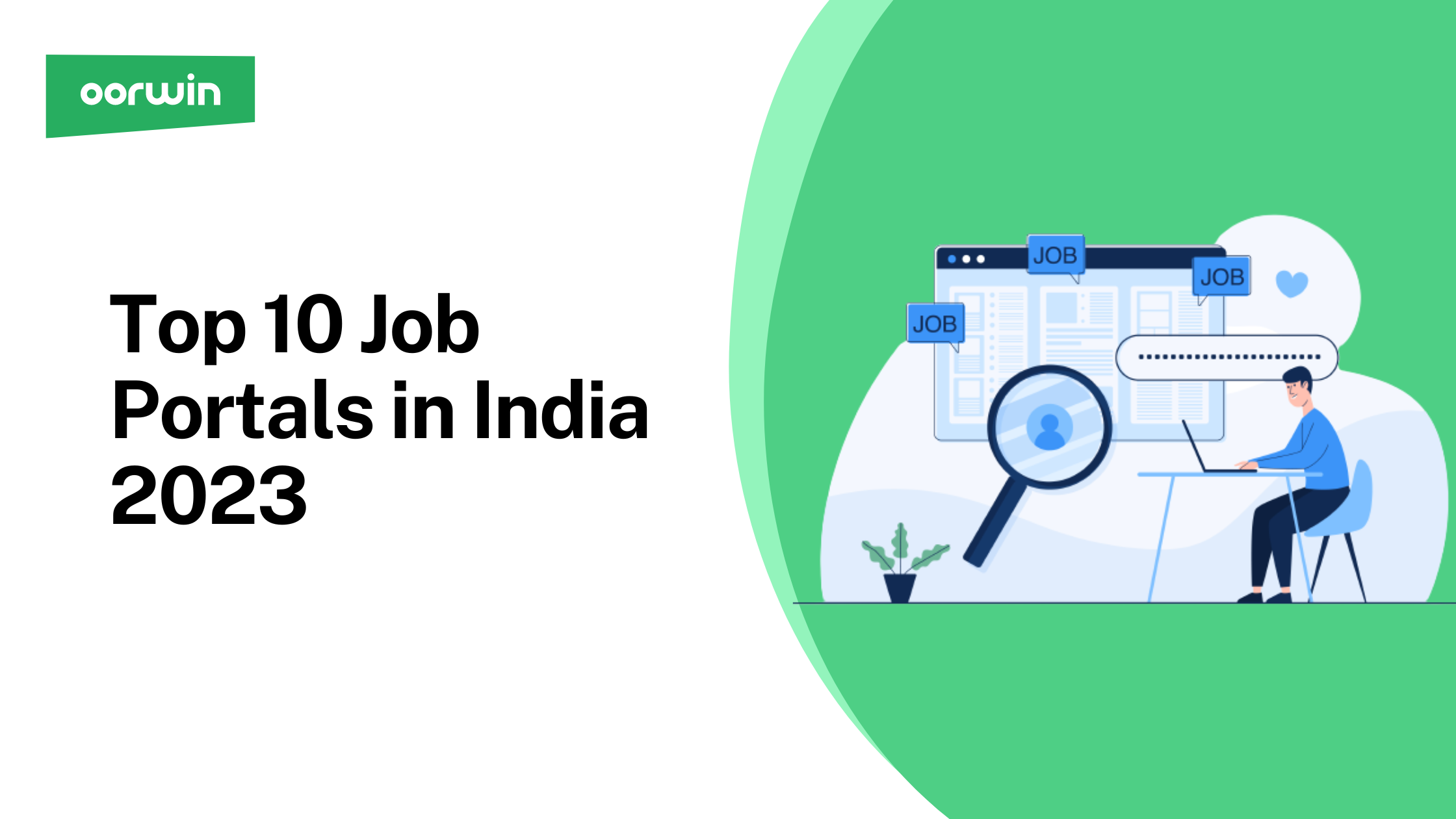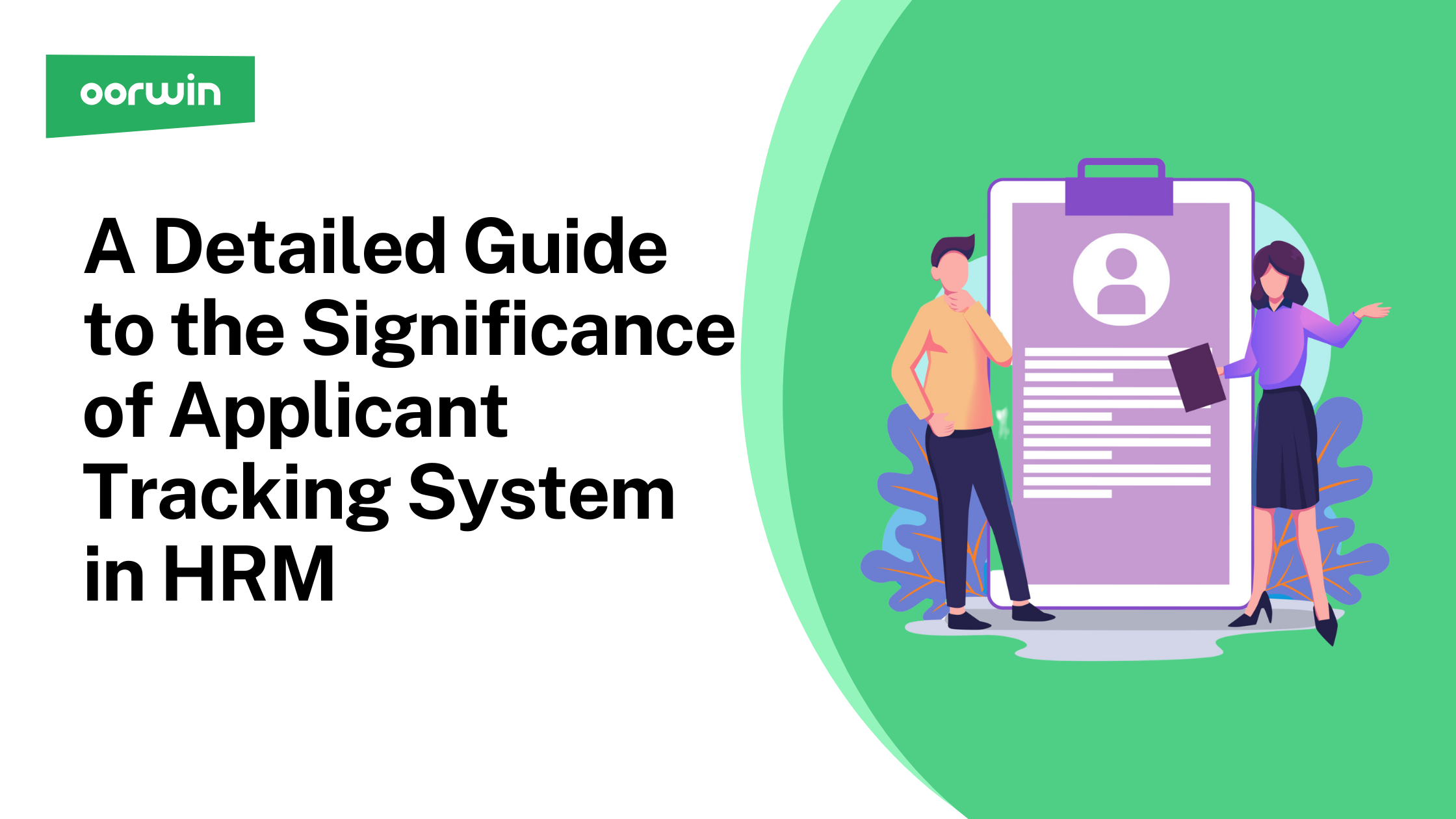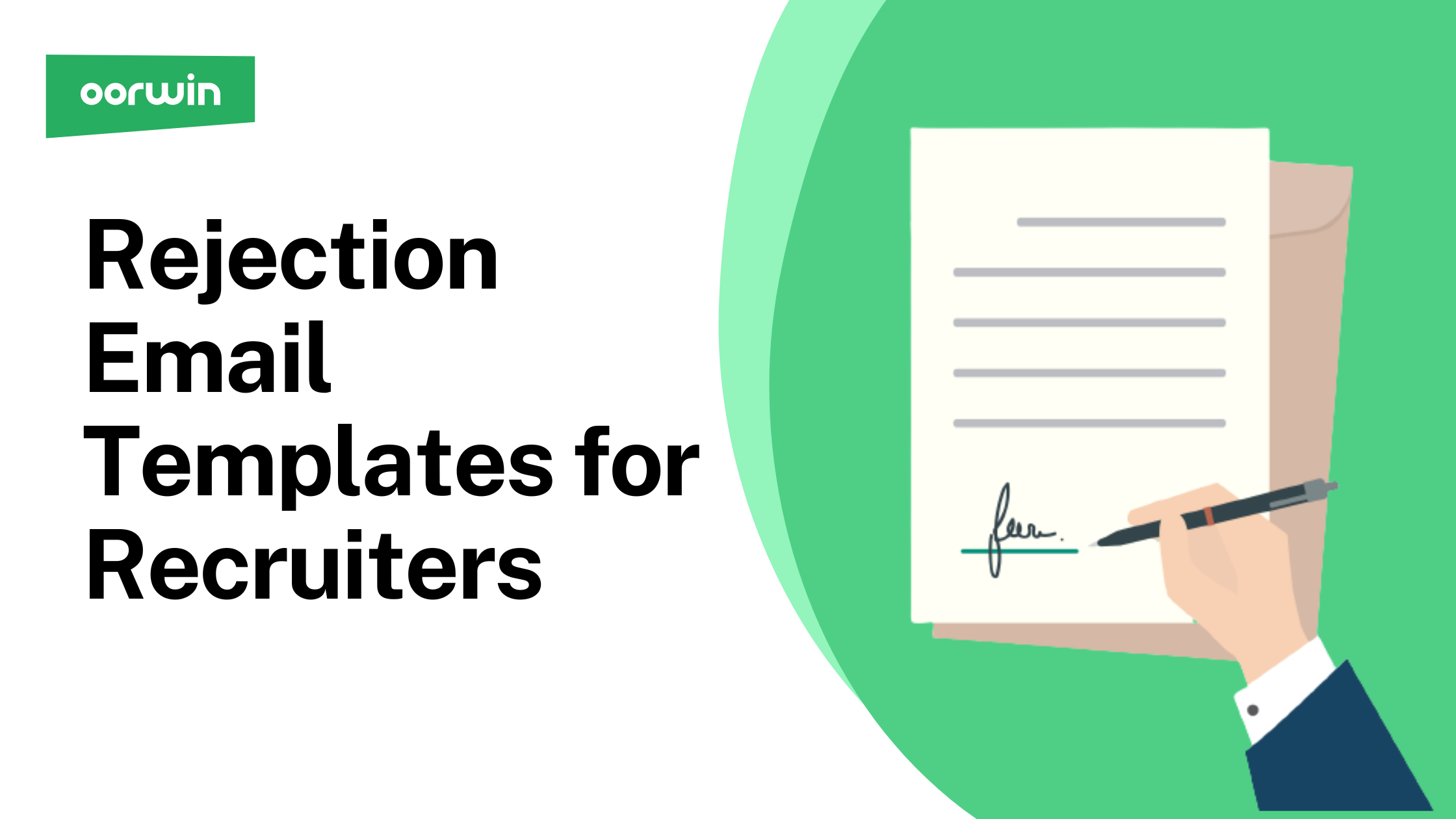India’s 18 Best Job Portals for 2024
Looking for a job in India can be daunting, especially with the current competitive job market. However, job portals have made the job search process more accessible and streamlined. A website that links employers with job seekers is a job portal.
Through this platform, job seekers can upload their resumes and apply for job openings that align with their qualifications and experience. Employers can use job portals to post job openings and search for resumes that match their requirements.
This blog will discuss why you should use job portals in India and the top 10 job portals for 2024.
What are Job Portals?
Job portals are online platforms where employers post job vacancies and job seekers apply for them. These websites act as a bridge between hiring companies and individuals seeking employment. They feature job listings with details such as job roles, qualifications, and salaries. Job seekers can create profiles and upload resumes, making it easier for employers to find suitable candidates. These portals offer search functionality, allowing users to filter jobs by criteria like location, industry, and experience. Additionally, they provide application facilities, email alerts for new jobs matching user preferences, and career resources like advice and resume writing services. Some also offer networking opportunities and integrate with other HR tools.
Why use Country Specific Job Portals?
Employing country-specific job portals presents numerous advantages for job seekers, which include:
- Diverse Job Opportunities: These portals offer a wide range of employment options unique to the country’s job market, often surpassing what’s available through traditional job hunting methods.
- Convenience of Home Applications: You can explore and apply for jobs from the comfort of your home, bypassing the need to visit companies or attend job fairs physically.
- Time-Saving Processes: These platforms enable you to upload your resume and apply to multiple jobs quickly and efficiently, saving valuable time.
- Customized Job Searches: You can tailor your job search to your specific needs using filters like location, salary expectations, job type, and experience level.
- In-Depth Job Information: Country-specific portals provide comprehensive details about each job, including descriptions, requirements, and insights into the company culture and environment.
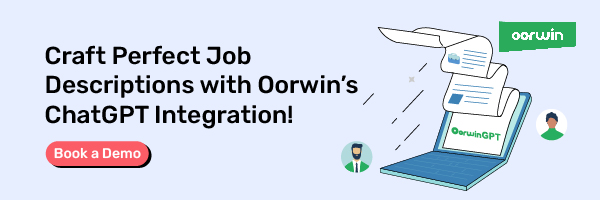
18 Best Job Portals to look for in 2024
Let’s explore the diverse landscape of job hunting in 2024; these 15 top-tier job portals stand out for their extensive listings, user-friendly interfaces, and specialized offerings across various industries and employment types.
Naukri
One of the most well-established and favored job portals in India is Naukri. It has a vast database of job openings and job seekers. You can find jobs in various sectors, such as IT, banking, healthcare, and government. Naukri also provides career services such as resume writing, profile verification, and career guidance.
Naukri’s integration within Oorwin an ATS consolidates job postings, candidate profiles, and hiring workflows, optimizing recruitment efficiency. This integration enables recruiters to access Naukri’s extensive pool of candidates directly within Oorwin’s platform for streamlined talent acquisition.
Indeed
Indeed is a global job portal that has a strong presence in India. It has a user-friendly interface allows you to search for jobs by keyword, location, salary, and job type. Indeed also provides job alerts, which notify you of new job openings that match your preferences.
LinkedIn
LinkedIn is the world’s largest professional network and a major job portal in India. You can search for jobs, connect with recruiters, and apply for job openings directly on LinkedIn. LinkedIn also provides career resources such as career advice, interview tips, and professional development courses. Job Portals
Oorwin seamlessly integrates with LinkedIn, enabling direct access to a broader professional network for enhanced candidate sourcing.
Glassdoor
Glassdoor is a job portal in India that provides company reviews, salaries, interview questions, and job openings. Glassdoor allows you to research companies and job openings before applying, which can help you make an informed decision.

Shine
Shine is a job portal focusing on job openings in the Indian market. It has a vast database of job openings in various sectors, such as IT, banking, and healthcare. Shine also provides career advice and job search tips.
Timesjobs
Timesjobs is a job portal that provides job openings in various sectors, such as IT, engineering, and sales. It also includes career resources such as career advice, resume writing, and interview tips.
FoundIt
FoundIt is a job portal in India focusing on startups and small businesses. It has a database of job openings in various sectors, such as marketing, finance, and technology. FoundIt also provides career resources such as career advice and job search tips.
Talent.com
Talent.com is a job portal that provides job openings in various sectors, such as IT, healthcare, and hospitality. It also provides career resources such as salary insights and career advice.
Cut Short
Cut Short is a job portal that uses artificial intelligence to match job seekers with job openings. It has a user-friendly interface and provides job openings in various sectors, such as IT, marketing, and design. Cut Short also provides career resources such as career advice and resume tips.
Freshersworld
Freshersworld is a job portal focusing on job openings for freshers or recent graduates. It provides job openings in various sectors, such as IT, engineering, and finance. Freshersworld includes career resources such as interview tips, career guidance, and placement papers.
Apna
Apna, a burgeoning job portal in India, acts as a professional networking platform linking job seekers to many opportunities spanning various industries. Its focus is facilitating job discovery and fostering skill development, catering to a wide spectrum of skill sets prevalent nationwide. Through its user-friendly interface, Apna aids professionals in exploring and securing suitable roles while engaging in a vibrant community of like-minded individuals.
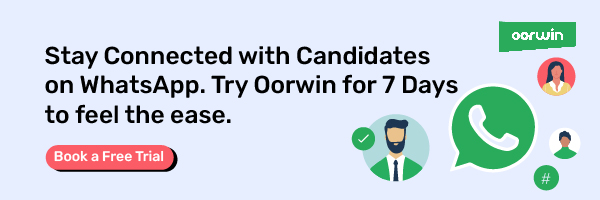
JobsForHer
JobsForHer stands as a transformative force empowering women in India by offering tailored career opportunities, mentorship programs, and resources for skill enhancement. Designed to support women re-entering the workforce or transitioning careers, the platform fosters an inclusive environment, providing avenues for professional growth through networking and skill-building initiatives.
Hirect
Hirect revolutionizes the recruitment landscape in India by employing cutting-edge AI-driven tools for streamlining hiring processes. This innovative platform enables companies to efficiently source, assess, and onboard talent. Hirect’s robust suite of tools simplifies candidate matching, thus optimizing the hiring journey for employers seeking top-notch talent.
Monster India
Monster India remains dominant in the Indian job market, offering extensive job listings and career resources. This online job portal serves as a bridge connecting job seekers with employers across diverse industries. Beyond job listings, it furnishes valuable career guidance and resume-building tools, aiding professionals in their quest for suitable employment opportunities.
Monster also integrates with Oorwin, merging job listings and candidate data for efficient, comprehensive talent management and acquisition processes.
Quikr Jobs
Quikr Jobs, a segment of the larger Quikr classifieds platform, provides a comprehensive range of job listings catering to diverse employment needs. It is a go-to destination for job seekers exploring full-time, part-time, freelance, and remote work opportunities across various sectors in India. With its user-friendly interface, Quikr Jobs simplifies the job search, helping individuals find roles that align with their skill sets and preferences.
Upwork
Many people prefer flexible jobs that don’t tie you to a desk for long hours. For such individuals, freelancing is an excellent option to earn while setting your own schedule. In freelancing, your income potential is directly linked to the volume of work you undertake, offering unlimited earning possibilities for those ready to put in the effort and dedication. Upwork stands out as a top freelancing job portal in India. This American platform offers experienced job opportunities globally. Being an international site, the pay rates align with global standards, meaning a brief 2-day job in writing or coding could net you between $50 to $500 – quite remarkable!
Placement India
Placement India is a comprehensive job portal in India featuring listings from top companies across various industries. To find a job, simply input your skills and preferred location, then hit the search button. The website categorizes jobs based on several criteria: function, location, industry, skills, and roles. It also includes specific sections for fresher jobs and walk-in interviews. Employers also benefit, as they can post their job openings for free, creating a mutually beneficial environment for job seekers and hirers. Additionally, users can submit inquiries and access them later at no cost.
Job Rapido
Job Rapido is a renowned job portal in India offering employment opportunities across various regions, including Europe, Africa, the Americas, and the Asia Pacific. Users can conveniently search for jobs by specifying provinces and job titles. Job seekers are welcome to register on the site, where they can specify their skills and preferred locations. The portal also features a help center to assist employers and job candidates. Additionally, you can subscribe to receive regular email updates about new job openings. With its user-friendly interface, Job Rapido makes the pursuit of your ideal job simpler and more accessible than ever.
Seamlessly Integrate Job Boards with Oorwin ATS
Unlock the full potential of your recruitment process by integrating job boards like LinkedIn, Naukri, Dice, Techfetch, Monster, and Snaprecruit with Oorwin’s state-of-the-art Applicant Tracking System (ATS). This integration streamlines the hiring workflow, enabling you to post jobs directly to your job board, track applications efficiently, and identify top talent faster than ever.
Why Integrate with Oorwin ATS?
- Efficient Job Posting: Post your job listings directly from Oorwin ATS to the job board with just a few clicks, saving time and enhancing productivity.
- Centralized Candidate Tracking: Easily manage all applicant information and communications in one centralized location.
- Advanced Analytics: Gain valuable insights with detailed analytics on your job postings, helping you understand what attracts top candidates.
- Improved Candidate Experience: Provide a seamless application process for candidates, increasing engagement and application rates.

Connect with Oorwin Today – Click here to start your journey towards a more efficient, effective, and seamless recruitment process with Oorwin ATS integration.
Frequently Asked Questions
What are recruitment portals?
Recruitment portals are websites that connect job seekers with employers. They allow job seekers to search for job openings, upload resumes, and apply for job postings. Employers can use recruitment portals to post job openings and search for resumes that match their requirements.
How to use job portals for recruitment?
Job portals can be used for recruitment by posting job openings, searching for resumes that match requirements, and managing the recruitment process.
Which job portal is best for freshers?
Freshersworld is the best job portal for freshers, providing job openings in various sectors, specifically for freshers or recent graduates. It also provides career resources such as interview tips, career guidance, and placement papers to help freshers kick-start their careers.
